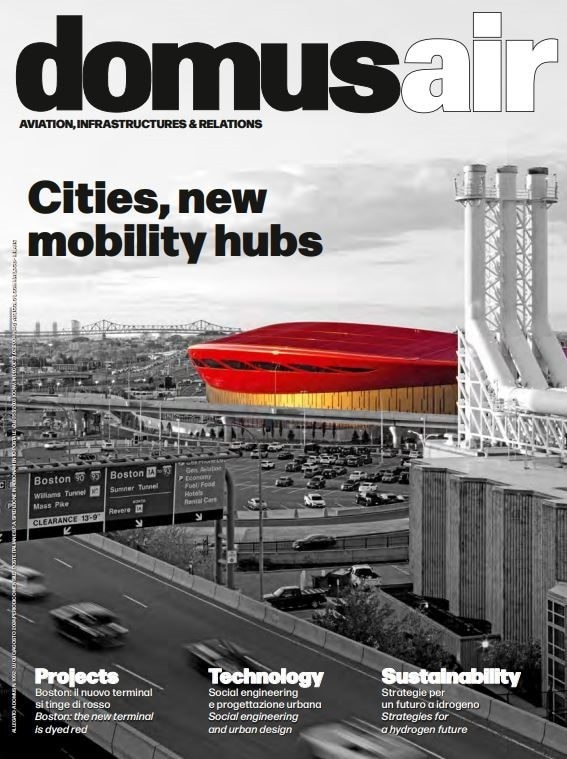In a short period of time, just a few years, the depth of changes affecting life on planet earth has unhinged arrangements that seemed immutable and opened challenging confrontations between new risks and new opportunities. Following Covid and the resurgence of devastating wars, exacerbated climate change phenomena, and the dramatic increase in inequalities, the conceptual map guiding infrastructure projects now includes new paradigms in relationships. This includes the digital alongside the physical, and the increasing relevance of cities and the territories around infrastructure.
This conceptual map also proposes new priorities for the preservation, if not continuity, of our survival, from controlling energy consumption and emissions to land management and ensuring the effectiveness and sustainability of investments. Within this framework, distances, travel times, physical and carbon footprints of urban and territorial infrastructures, their capacity, and service levels increasingly highlight the criticality of networks and the efficiency of interchanges. It emphasizes the importance of ensuring flows of people and goods use appropriate means for each distance, with proportionate consumption, crossing safe spaces that are appropriate for each landscape and human-scale, for connections by land, water and air. The air transportation spotlight is always very useful for understanding mobility phenomena and the infrastructure that supports it, serving as the perfect laboratory for measuring functional performance and technological innovation. We launched DomusAir in 2020 with air traffic not only nearly zeroed out by the pandemic, but with great doubts about recovery, demand return, and the aviation industry’s responsiveness.

Current volumes, often exceeding expectations, growth scenarios with investment to support supply, and the industry’s extraordinary focus on tackling environmental issues suggest that long-distance mobility will always drive global economic and social relations, even more so in the future. This has significant implications for the need to develop and modernize regional and local connections, with a strong focus on nodes and the urban and territorial spaces that accommodate them. The projects featured in these pages, like many presented in previous issues, point to the ongoing convergence of conceptual and morphological differences between intermodal nodes hinging on different modes of transportation, whether airports, stations or ports.
While in parallel, the integration of nodes with the city and the environment, functional shares and interactions with digital networks are expanding sharply due to increased data availability. We like to think of a rapid and exponential propagation of the best design practices, driven by virtuous collaboration between architecture and engineering, which is more essential now than now. To meet these challenges, technical skills must increasingly intersect with operational and management expertise. Above all, we aspire to the grand ability to design infrastructure with the highest technologies and environmental sensitivity, replacing the destructive capacity of wars as quickly as possible. This focuses energies and resources on benefiting communities around the world, without regard for borders.

